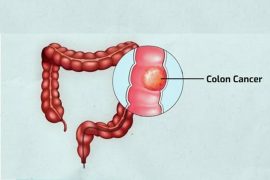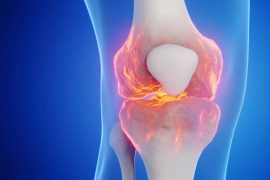The process of memory formation during sleep has been a subject of scientific investigation, and a research study led by Dr. Thomas Schreiner, the head of the Emmy Noether junior research group at LMU’s Department of Psychology in 2021, shed light on the relationship between sleep-related brain activity patterns and the reactivation of memory contents during sleep.
The study initially demonstrated a direct connection between specific sleep-related brain activity patterns and the reactivation of memory contents during sleep. However, it remained unclear whether these patterns were coordinated by a central pacemaker. To delve deeper into this, the researchers collaborated with scientists from the Max Planck Institute for Human Development in Berlin and the University of Oxford to reanalyze the data. “That is to say, our breathing influences how memories are consolidated during sleep,” states Schreiner.
The results of the reanalysis suggested that respiration, or the act of breathing, could potentially serve as a pacemaker for these sleep-related brain rhythms. In the original study, 20 participants were shown 120 images associated with certain words over two sessions. Afterward, they slept for around two hours in a sleep laboratory. Upon waking, they were questioned about the associations they had learned. Throughout the learning and sleep period, the participants’ brain activity and breathing were recorded using EEG.
The researchers found that previously learned content was spontaneously reactivated by the sleeping brain during the presence of specific sleep-related brain rhythms, including slow oscillations and sleep spindles (short phases of increased brain activity). Dr. Thomas Schreiner noted that the precision of the coupling of these sleep-related brain rhythms increases from childhood to adolescence and then declines during aging.
This research contributes to our understanding of the intricate relationship between sleep-related brain activity and memory consolidation, emphasizing the potential role of respiration as a pacemaker in orchestrating these processes.
Schreiner is undertaking a research initiative to explore potential connections between common issues experienced by older individuals, namely sleep disorders, respiratory disorders, and declining memory function. The investigation aims to discern whether there are underlying relationships among these phenomena.
Link between Breathing and brain activity:
The research findings suggest a significant link between breathing and brain activity, particularly during sleep. The study, led by Schreiner, explored the connection between respiration frequency and age-related changes in brain patterns. Analyzing the data in relation to recorded breathing, the researchers discovered a clear connection between breathing and the emergence of characteristic slow oscillation and spindle patterns in the brain.
While previous studies had established a connection between breathing and cognition during wakefulness, Schreiner’s work highlights the importance of respiration in memory processing during sleep. This underscores the intricate relationship between breathing patterns and cognitive functions, shedding light on the role of respiration in memory consolidation during the sleep cycle.
Of particular interest is the cognitive perspective, and Schreiner plans to assess whether interventions, such as the utilization of CPAP masks commonly employed in treating sleep apnea, could have cognitive benefits. This research underscores an effort to comprehensively understand and address the health challenges associated with aging, offering potential insights into holistic interventions that may positively impact both physiological and cognitive aspects of well-being in older populations.
Disclaimer:
The information contained in this article is for educational and informational purposes only and is not intended as a health advice. We would ask you to consult a qualified professional or medical expert to gain additional knowledge before you choose to consume any product or perform any exercise.








